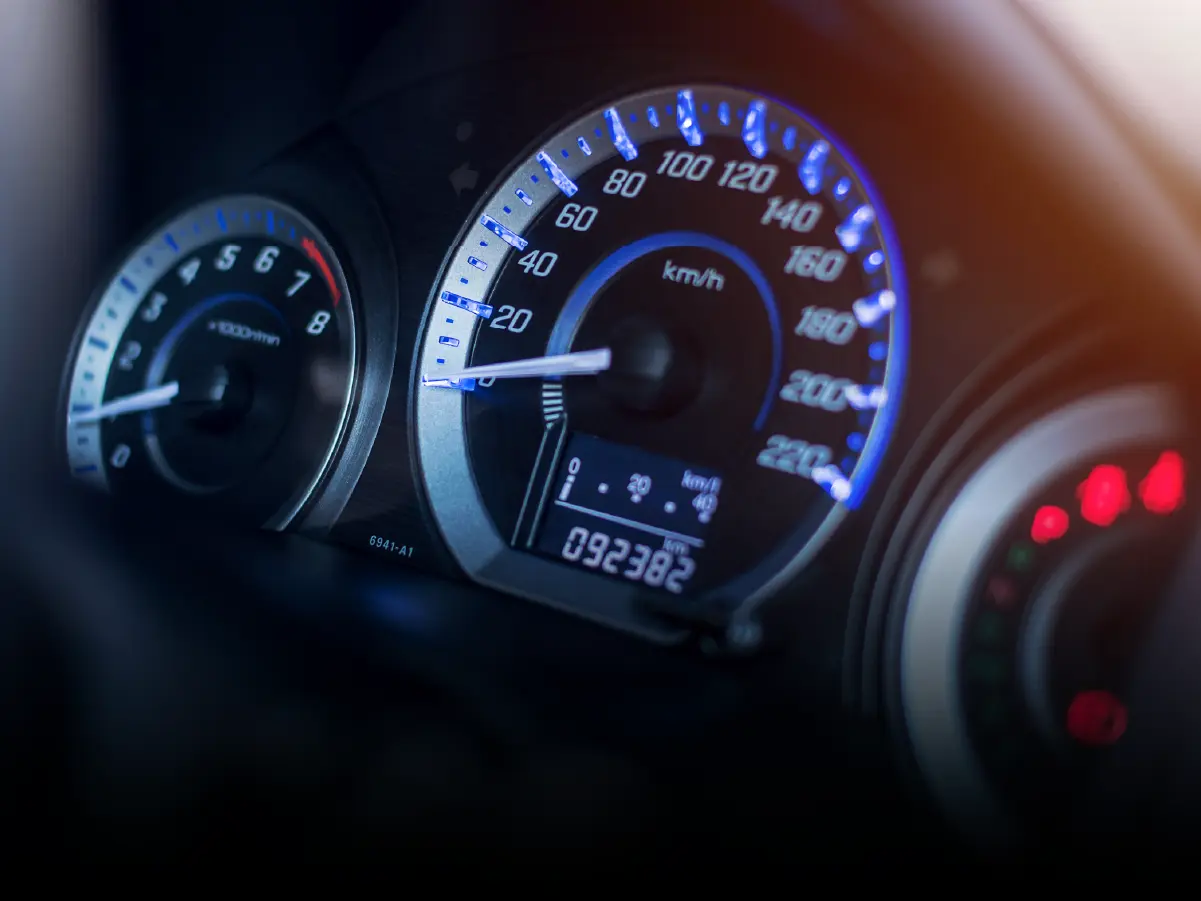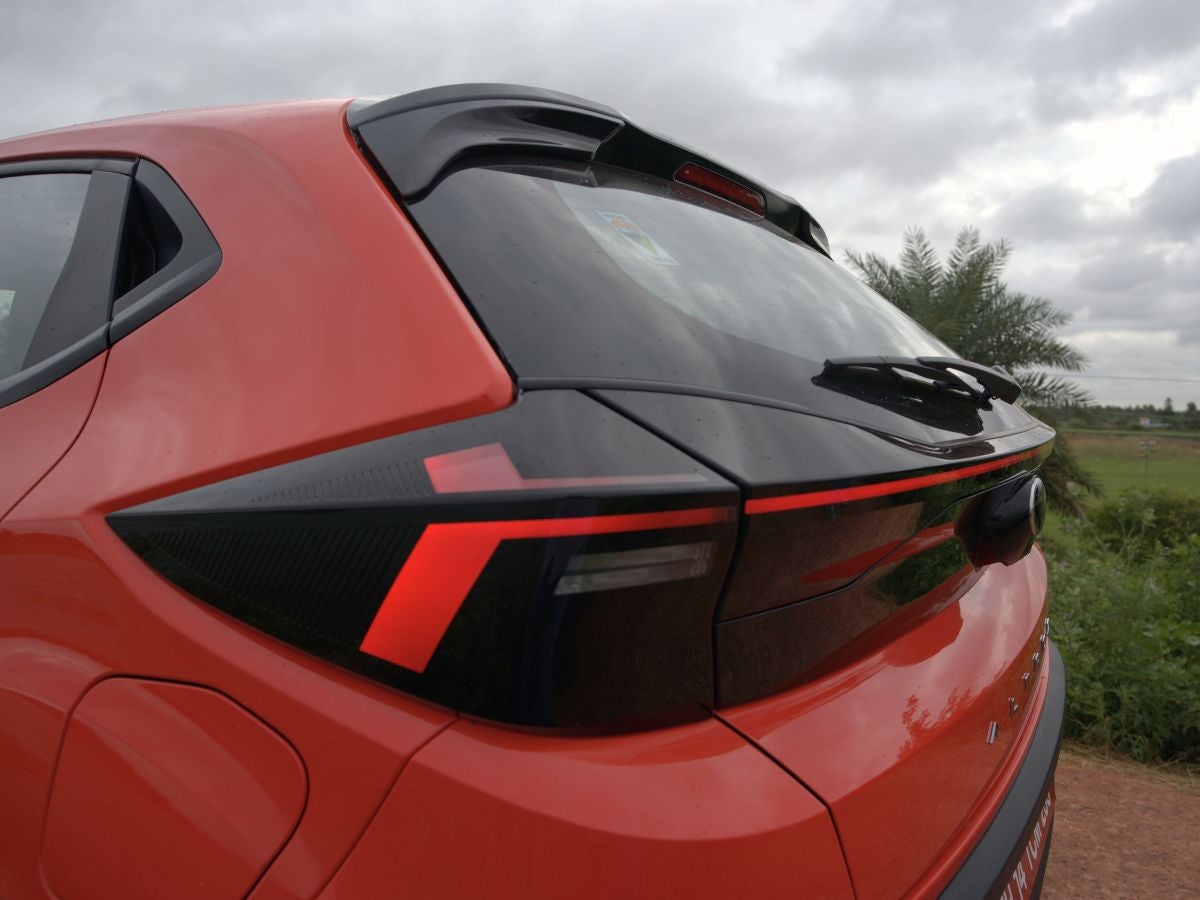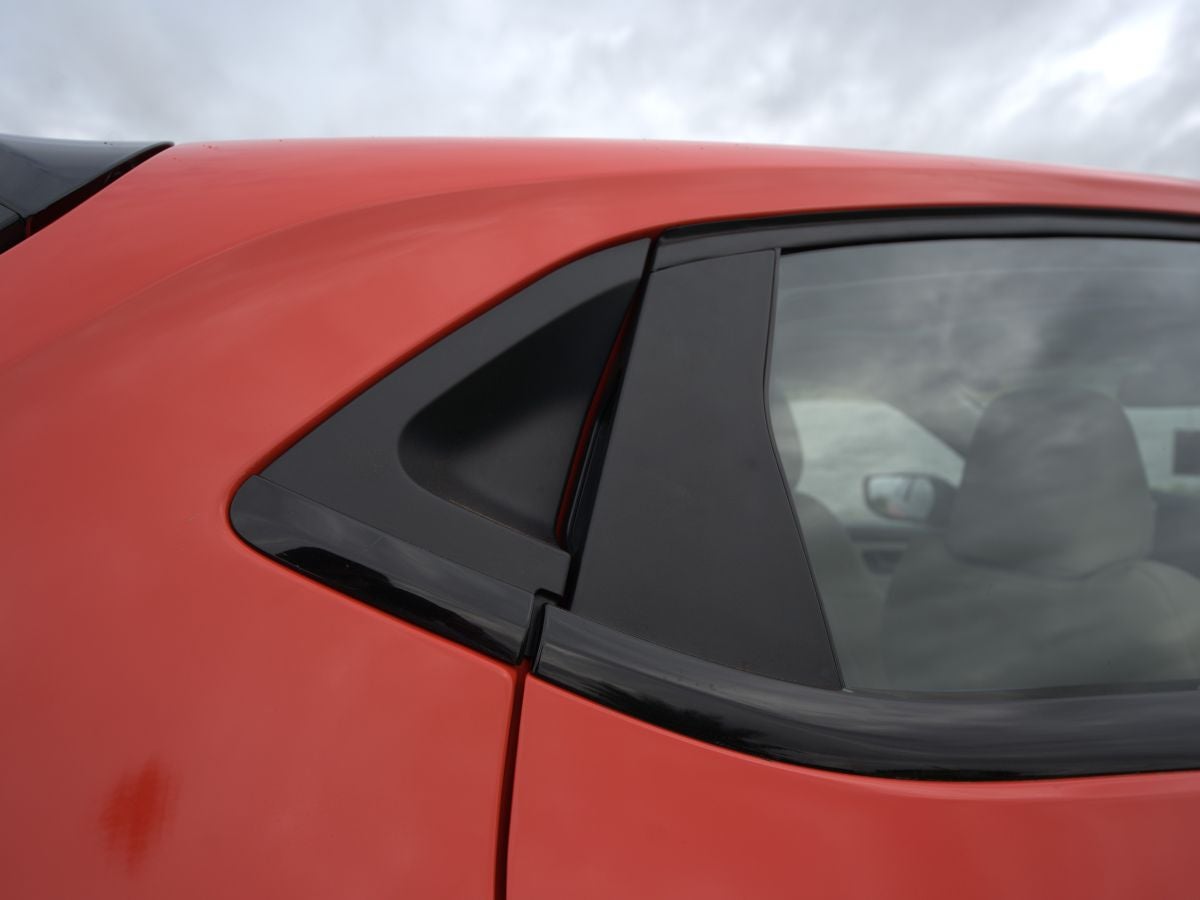

7 Hidden Defects a PDI Can Unfold That You Can Miss Easily
- 1A hidden frame issue may pass a visual check but fail in a real crash
- 2Rolled-back odometers can’t fool a PDI with an ECU mileage scan
- 3Cheap accident repairs leave clues that PDI tools reveal easily
- 1. Odometer Fraud and Engine Wear
- 2. Hidden frame damage or structural issues
- 3. Disabled emissions or eco systems
- 4. Rust or corrosion beneath hidden panels
- 5. Sensor faults, misfires and ECU errors
- 6. Hidden wiring or electrical harness defects
- 7. Botched repair panels and unsafe welding
- Why skipping PDI could cost you big
- Summary: 7 hidden flaws only PDI can detect
- Bottom line? Don’t go by the looks, Go by the facts
Buying a used car can be thrilling, especially when it looks shiny, clean and drives well on a quick test. But what if that picture-perfect car is hiding serious trouble under the bonnet or behind those doors? Unfortunately, that's more common than you might think.
In India’s fast-moving used car market, skipping a proper Pre-Delivery Inspection (PDI) can lead to unexpected breakdowns, major repair costs, and legal headaches just a few weeks after you bring the car home. A quick test drive or visual check simply isn’t enough.
Here are 7 critical problems only a professional, independent PDI can uncover, before they burn a hole in your pocket.
1. Odometer Fraud and Engine Wear
That tempting “low-mileage” car might not be as fresh as it looks. Odometer tampering is sadly quite common in the used car space. Sellers may roll back the reading to make a car seem less used, but the engine tells the real story.
A proper PDI includes ECU data checks to see if the mileage shown matches historical data. But beyond the odometer, it can also reveal if the engine has suffered overheating, misfiring, or premature wear due to poor maintenance.
Why it matters: If the engine is worn out but disguised behind a fake reading, you might face engine oil leaks, valve damage, knocking sounds, or worse, an expensive engine overhaul within months. In many cases, warranties get voided if tampering is detected later.
2. Hidden frame damage or structural issues
Not all accident damage is visible. Some cars are patched up quickly with cheap welding jobs and poor-quality panels, especially if the previous owner wanted a fast insurance claim and resale.
A detailed PDI checks for subtle signs like chassis misalignment, bent crumple zones, or uneven panel gaps. These issues can’t be detected by eye unless you know what to look for, and even then, some need tools to confirm.
Why it matters: A car with a compromised frame may perform unpredictably in future collisions. Your airbags might not deploy correctly, or the car may pull to one side while driving. Worst case? Complete structural failure during an impact.
3. Disabled emissions or eco systems
To avoid expensive repairs, some owners disable eco systems like the DPF (Diesel Particulate Filter), AdBlue injector, or catalytic converter. They might even remove key modules entirely to bypass warning lights.
A professional PDI scans the entire emissions system and cross-verifies if all modules are intact and functioning. Missing modules or suspicious error code histories are strong red flags.
Why it matters: Without these systems, the car won’t pass pollution checks. You may end up facing fines, RC blacklisting, or warranty denial. Also, tampered emissions can lead to poor mileage, higher pollution, and performance dips.
4. Rust or corrosion beneath hidden panels
Cars kept near coastal areas, flooded zones or even parked long-term in damp garages often develop hidden rust. While the body panels may look clean outside, rust can eat away at the floorboards, boot well, underbody, or even interior wiring.
An expert PDI lifts carpets, inspects underbody points, checks for moisture trapped in boot seals, and more.
Why it matters: Rust weakens structural integrity and leads to early wear of suspension mounts, brake lines, and wiring harnesses. Left unchecked, it can become a permanent and costly issue, ruining your car's lifespan and resale value.
5. Sensor faults, misfires and ECU errors
Even if a “Check Engine” light isn’t on, there could be issues brewing inside. Modern engines rely heavily on sensors, MAF (Mass Airflow Sensor), camshaft sensors, throttle position modules, etc.
A PDI diagnostic scan reads stored and pending error codes that might not have triggered a dashboard warning yet.
Why it matters: If you miss these early warning signs, you may soon face irregular idling, loss of power, jerky rides, or failed starts. Some sensors also affect fuel efficiency and emissions, costing you more in the long run.
6. Hidden wiring or electrical harness defects
Power windows not working? Cabin lights flickering? Music system keeps restarting? These could all be signs of deeper electrical issues, possibly due to poor aftermarket fitments or water damage.
A good PDI runs electrical checks across key components, headlights, relays, battery load, fuse lines, and more.
Why it matters: Electrical faults can become a nightmare. Rewiring can cost tens of thousands, and faulty circuits may affect ABS, airbags, or keyless entry. They’re hard to trace without proper equipment, and even minor issues can ruin your daily drive.
7. Botched repair panels and unsafe welding
Sometimes, a badly damaged panel is simply filled with body putty, painted over and polished. It may look fine but it lacks the strength of OEM panels. Poor welding, uneven paint thickness, and mismatched gaps are strong indicators.
A PDI uses paint-thickness meters, UV lights, and even magnet tests to catch these flaws.
Why it matters: Compromised panels affect crash safety. If a door, roof, or pillar is weak, it might not hold up during a side impact or rollover. Apart from safety risks, you might struggle with resale later as buyers reject poorly repaired cars.
Why skipping PDI could cost you big
You might think you're saving time or money by trusting the seller or skipping inspection, but here’s what it could lead to:
- A ₹1–2 lakh engine or transmission repair just weeks after buying
- Failing pollution tests and having your registration flagged
- Legal issues if car documentation or systems are tampered
- Difficulty reselling a problematic car in future
Worse, many sellers might not allow independent inspections, so be cautious if you're pressured to sign without one.
Summary: 7 hidden flaws only PDI can detect
| Hidden Defect | Why a PDI matters | What It Can Save You From |
| Odometer tampering & engine wear | ECU scan reveals real usage history | Engine rebuilds, warranty void |
| Frame or chassis damage | Alignment & panel gap inspection | Safety risk, resale problems |
| Disabled emission systems | Module check & error history scan | Legal trouble, performance issues |
| Underbody rust/corrosion | Moisture & inner panel inspection | Structural weakness, wiring failures |
| Hidden ECU/sensor faults | Diagnostic scan for pending codes | Driveability issues, sudden breakdowns |
| Electrical wiring faults | Circuit & load testing of key components | Expensive rewiring, system malfunctions |
| Poor repair work/welding | Paint meter, weld spot inspection | Reduced crash protection, low resale |
Bottom line? Don’t go by the looks, Go by the facts
A thorough PDI acts like your magnifying glass, catching issues others miss. It’s your best defence in a market where quick fixes and surface-level detailing are far too common. Whether you’re buying from a dealer or an individual, always insist on an independent PDI before you say yes.
And if you want peace of mind, platforms like CARS24 can connect you to trusted professionals who carry out unbiased PDI inspections, so you’re never left guessing.
Frequently Asked Questions
Expand all


























